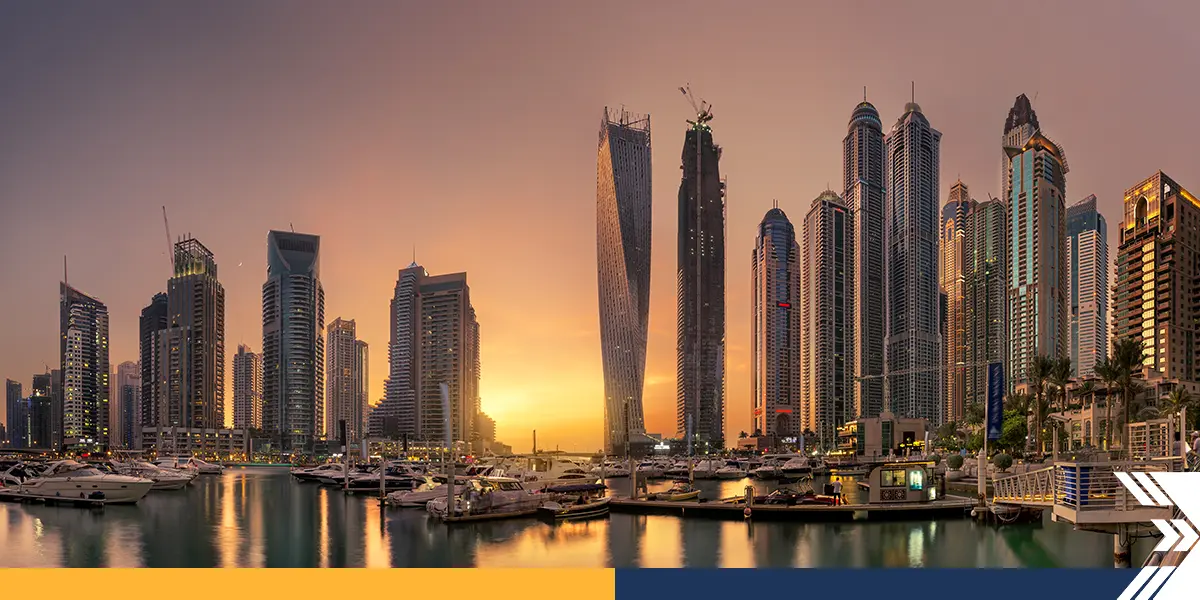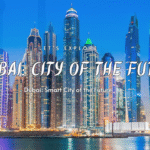Now Reading: Why the Water Cycle Is Earth’s Lifeline Explained Simply 2025
-
01
Why the Water Cycle Is Earth’s Lifeline Explained Simply 2025
Why the Water Cycle Is Earth’s Lifeline Explained Simply 2025
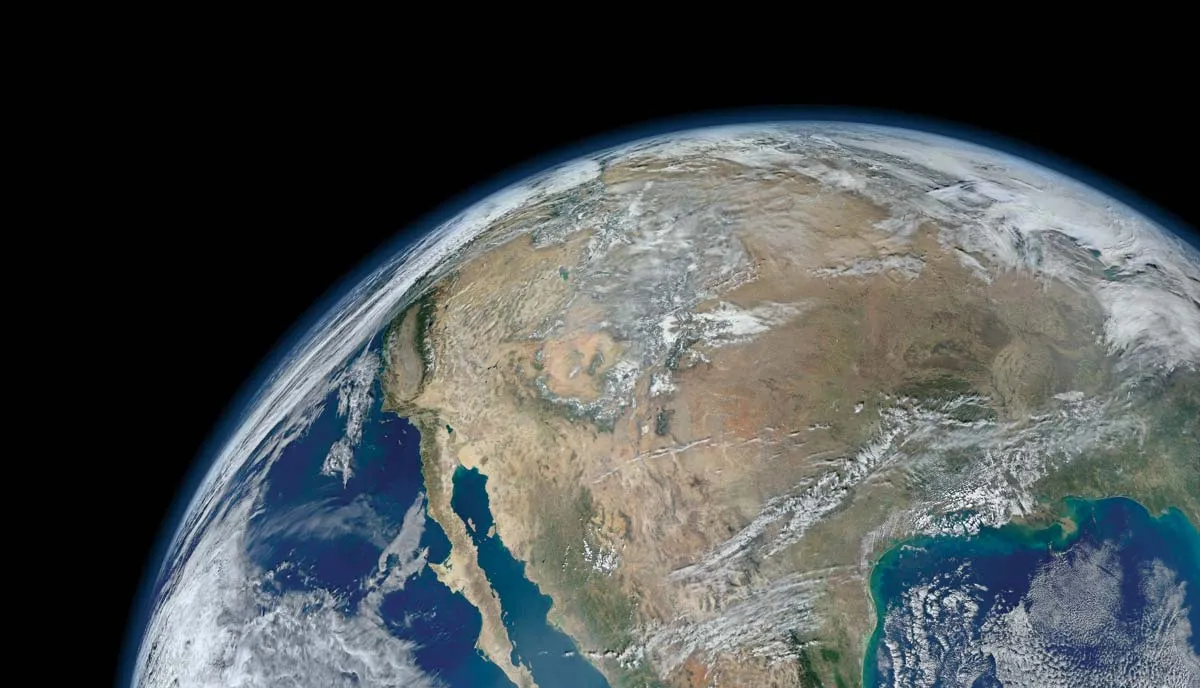
Table of Contents
Have you ever wondered how the same water we drink today may have been around during the age of dinosaurs? That’s because of a powerful natural system called the water cycle, which is one of the most important processes on our planet. It is the invisible engine that powers life on Earth—moving water through the air, land, and sea. Without it, there would be no rain, no rivers, no crops, and no clean drinking water.
In simple words, the water cycle is how water moves around the planet. It goes from oceans and lakes to the sky and then back to the land, creating a continuous loop that never stops. This cycle keeps our environment balanced and supports every living thing on Earth.
Let’s explore why the water cycle is so important and how it affects your everyday life.
What Is the Water Cycle?
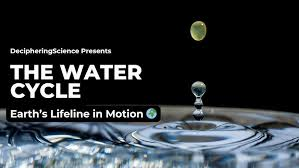
The water cycle, also known as the hydrological cycle, is a natural process where water changes form and location across the Earth. It includes four main stages:
- Evaporation – Water from oceans, rivers, and lakes turns into water vapor and rises into the sky because of the heat from the sun.
- Condensation – The water vapor cools and turns into tiny water droplets, forming clouds.
- Precipitation – When the clouds get heavy, the water falls back to the Earth as rain, snow, or hail.
- Collection – The water collects in bodies of water like lakes, rivers, and oceans. Some of it also soaks into the ground and becomes groundwater.
After that, the cycle begins again. This never-ending loop helps keep Earth’s water fresh, clean, and available for plants, animals, and people.
Why Is the Water Cycle Important?
1. It Provides Us with Fresh Water
Most of the Earth’s water (about 97%) is salt water in the oceans. Only a tiny part is fresh and drinkable. The water cycle helps by constantly moving and filtering water. Rainwater fills rivers and lakes, which supply drinking water for millions of people. Groundwater stored underground is another major source of fresh water, and it is replenished by the water cycle.
2. It Helps Grow Our Food
Without water, crops can’t grow. Rainfall from the water cycle is the main source of irrigation for farms, especially in areas without rivers or lakes nearby. It also keeps the soil moist and helps transfer nutrients from the ground into plants. Every fruit, vegetable, and grain you eat depends on the water cycle.
3. It Controls the Earth’s Temperature
Water plays a big role in regulating temperatures. Oceans absorb heat during the day and release it slowly at night, keeping the climate stable. Water vapor in the atmosphere also helps to trap heat, keeping the planet warm enough for life. This balance helps protect us from extreme weather conditions.
4. It Supports All Ecosystems
Forests, wetlands, and even deserts depend on the water cycle. Rain and groundwater keep plants alive, which in turn provide food and shelter for animals. Without the regular movement of water, many ecosystems would dry out and disappear.
5. It Cleans and Purifies Water
One of the most amazing parts of the water cycle is its ability to clean water naturally. As water evaporates, it leaves behind salt and dirt, becoming pure again in the form of vapor. When it falls back to Earth as rain, it helps wash away pollutants and refresh the environment.
What Happens When the Water Cycle Is Disturbed?
While the water cycle is a natural process, human activities are starting to disturb it. Deforestation, pollution, and climate change are some of the biggest threats.
- Pollution: Dumping chemicals and waste into rivers and oceans not only makes the water unsafe but also affects how water moves and evaporates.
- Climate Change: As global temperatures rise, more water evaporates, changing rainfall patterns. Some areas experience floods, while others face droughts.
- Urbanization: Cities with lots of concrete and fewer trees prevent rainwater from soaking into the ground, reducing groundwater levels.
When the cycle is thrown off balance, it leads to water shortages, poor crop production, and extreme weather events.
How Can We Help Protect the Water Cycle?
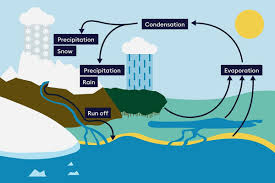
Everyone can play a part in keeping the water cycle healthy. Here are a few simple steps:
- Use water wisely. Turn off taps when not in use.
- Plant more trees to support natural rainfall and prevent soil erosion.
- Avoid throwing chemicals, oils, or waste into drains or rivers.
- Support clean energy to reduce global warming and protect the natural flow of the water cycle.
Final Thoughts
The water cycle may be invisible most of the time, but it touches every part of our lives—from the water we drink to the food we eat and the weather we experience. Understanding and protecting this natural system is not just for scientists or farmers—it’s something we all need to care about.
Next time it rains or you take a sip of water, remember the journey it took to get to you. That small drop of water might have once been part of a cloud, a river, or even the ocean. Thanks to the water cycle, it continues its journey, supporting life all over the planet.
Read More:- Deyaar’s Latest Announcement Shakes Up the UAE Property Market




